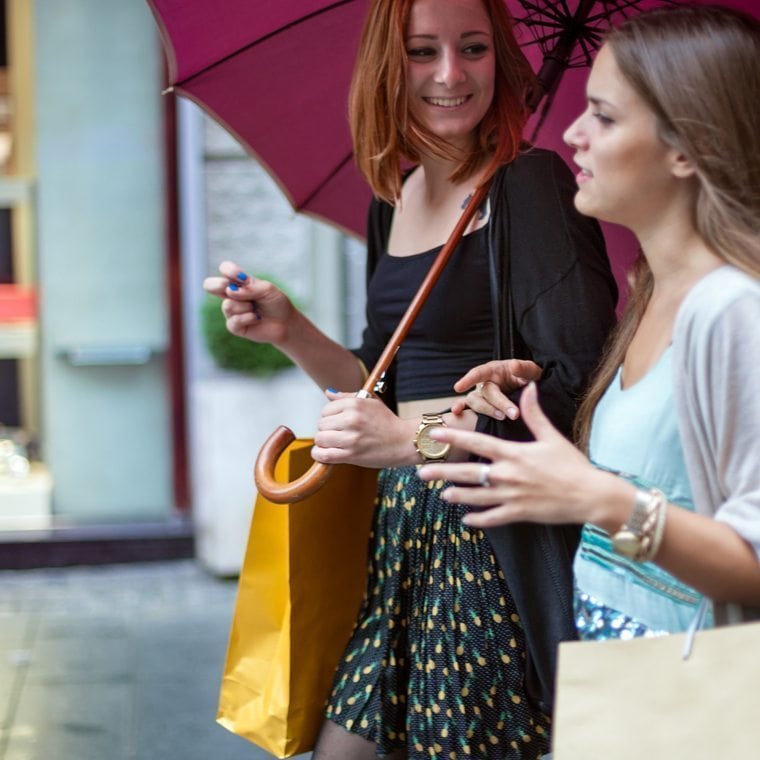With the steady increase in extremist content, fake news, and brand advertising appearing next to unsavory content, brand safety has now been thrust fully into the limelight. The immediacy of social media makes it far easier for people to spot and share “campaigns that have gone wrong”, which has resulted in brand safety being brought to the attention of the masses. What was once a problem discussed solely within the advertising industry has now become national front-page news, resulting in many people asking: how are these ads showing up in inappropriate placements?
To answer that question we first need to explore how advertisers and agencies purchase media today. If an advertiser’s goal is to find target customers, then the advertising media purchased will be based on audience demographics rather than a specific site buy. This is especially true in programmatic advertising, where impressions can be sourced from huge volumes of inventory held by ad exchanges and networks. When media is purchased in this fashion, there is limited control over what context the advertising will appear in.
For example, if you’re targeting men between 20-39 years old, who have been looking at buying a new car and they then go on to visit an extremist website, a brand’s advertisement may show. It’s important to remember that different brands have different definitions of what they consider “risky” for their brand; for example, a family-friendly brand like Disney will have a much more conservative approach to brand safety than Heineken.
So how can a brand tackle the challenge of their advertising appearing next to inappropriate content? To help minimize the risk, brands can employ several brand safety measures. It is up to brands to define what they view as acceptable levels of risk, and for companies specializing in content verification to help brands enforce these risk levels through a combination of exclusion lists, keywords, and page-level analysis. It’s imperative for brands and agencies to remain vigilant, especially with the proliferation of user-generated content. To minimize their risk of exposure, brands need to ensure that brand safety isn’t a “set it and forget it” issue. IAS technology is integrated with media partners such as Google and Facebook, and programmatic platforms, so verification technology is available to all and provides various levels of brand safety coverage. If a solution isn’t in place, brands can and should encourage their technology partners to further increase their offering and integrations by working with verification providers.
Brand safety is not an issue that will disappear. Brands and agencies need to make a decision on if and how they want to protect their brands. Brands need to ensure that they are working with third-party verification providers who have the integrations and technology in place to minimize the risk of their advertising showing up next to inappropriate content. (For more on how to protect brands, check out this blog post full of helpful tips.)
The increased awareness caused by recent national coverage can be seen as a positive, as it forces the digital advertising industry to recognize that the safety of brands online is a priority issue.
What’s next? Now that brands, agencies and the wider general public are aware of the extent of brand risk within our industry, we need to come together to address the challenge and provide effective solutions.
 Share on LinkedIn
Share on LinkedIn Share on X
Share on X


